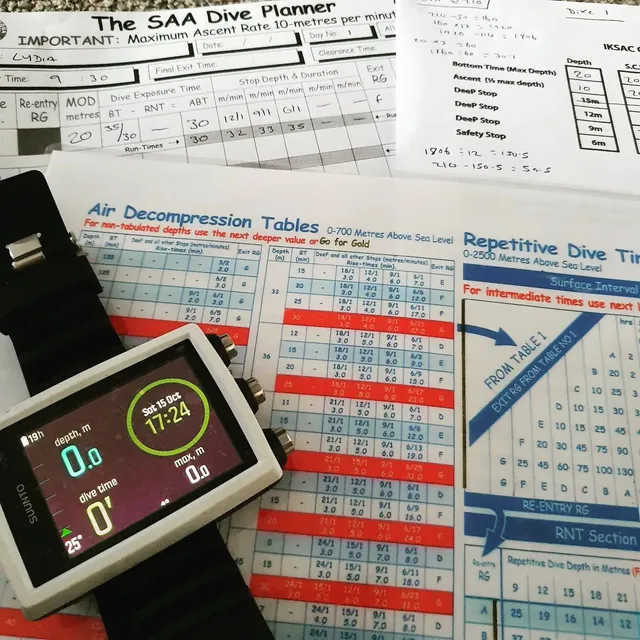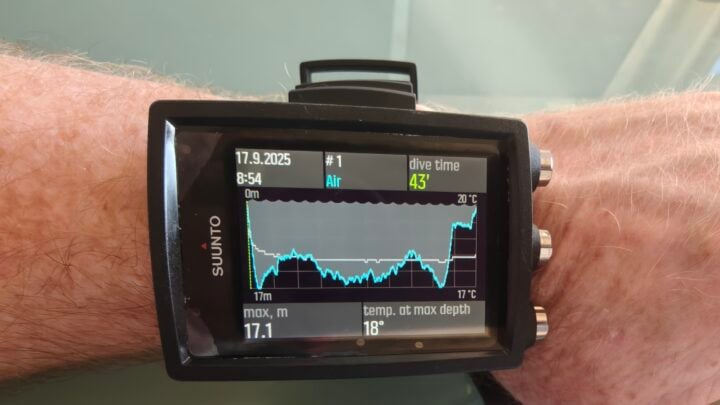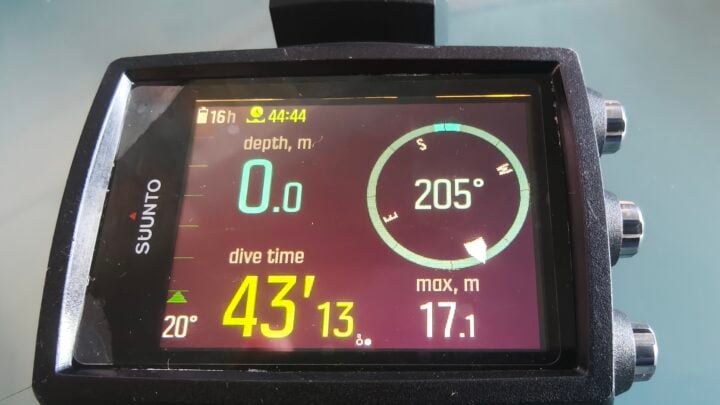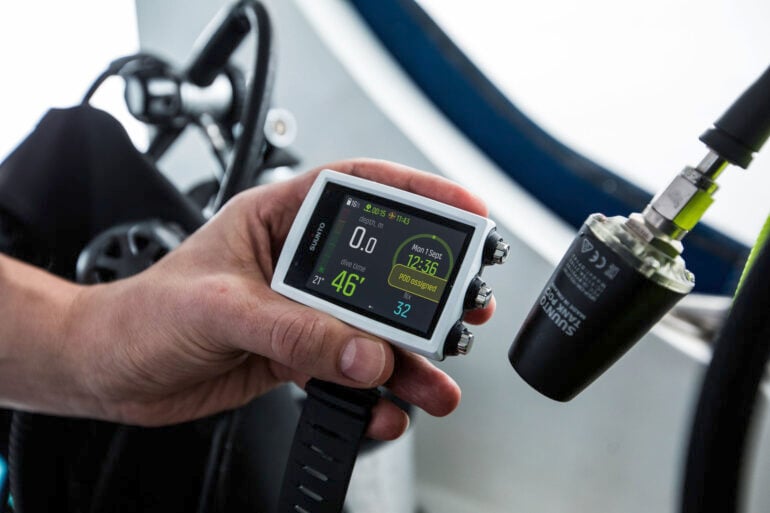Writing for GadgetGuy brings me great pleasure; testing and learning about technology have been a lifelong pursuit. Another passion of mine is scuba diving. When the opportunity to combine the two comes along, that is a bonus. So, I was very excited to take a look at the Suunto Eon Core dive computer.
I learnt to dive long before the home computer was even a thing, and by coincidence, the internet was first invented when I did my first scuba certification. A dive computer is a key tool for scuba diving. It measures depth and time as its primary function. These two factors determine how long you can safely stay underwater.
There are more factors and functions, but the deeper you go and the longer you stay, the more nitrogen builds up in your blood. If you exceed limits, including surfacing too fast, you end up with ‘the bends’, which, as a result of bubbles forming in your blood and tissues, cause joint pain, rashes and in severe cases death.

Where once you used a watch and a waterproof plastic table of times and depth, a dive computer does all the hard work for you to keep you out of harm’s way.
Testing the depths with the Suunto Eon Core
In 1987, Suunto produced its first dive computer, and I have dived with a Suunto computer for the last 10 years. The dive computer, like smartphones, has advanced significantly in this time. Now, certain models will automatically sync with your smartphone and the internet, automatically logging your dives and storing your data on the cloud.
Although a dive computer can be integrated within a watch you would wear on your wrist every day, the Eon has a 6cm screen and is a dedicated scuba diving device. The large screen allows for more information to be displayed, making it easier for you and your dive buddy to read. When using a watch-sized dive computer, I have enough trouble reading my own display, let alone trying to read another diver’s watch.
The information that is displayed is customisable to your preferences, and also whether you have what is known as air integration. Although I did not test it, as I did not have the wireless tank pressure POD, a device can be attached to your air tank that sends air pressure information to your computer, allowing you to view the pressure without a connected hose.
It will also calculate, based on how fast you are breathing and your depth, approximately how many minutes of air you have left. This, combined with a calculation of how long you can stay down to avoid the bends (no decompression limit), gives you two time countdowns before you need to return to the surface, with the lowest time being your limit.

Other information the Eon provides is a compass to help you navigate, water temperature, depth, maximum depth reached, dive time, time of day, battery and an indicator to ensure you do not come up too quickly.
The Eon fits comfortably on your wrist, and a long, if not too long, strap ensures you can wear it on even the thickest wetsuit. The 8 x 6 cm device protrudes 2cm, so it does not get in your way when putting on your BCD (Buoyancy Control Device). A mineral crystal lens will resist scratching. Three large buttons on the side allow you to scroll information on your dive as well as customise settings before the dive, even with thick gloves on. The Suunto comes with a USB-A magnetic charge cable, which delivers around 19 hours of dive time.
A Suunto smartphone app connects to the dive computer via Bluetooth, downloading up to 200 hours of stored dives. Once uploaded, you can add additional information and even photos associated with each dive. This information can also be shared with friends. The app facilitates software updates and can also be used to customise the screen and modes on your computer.
If you are into more technical diving, the Eon will support up to 10 gas mixes as well as rebreather.

Using the Suunto Eon, I appreciated the large display and buttons, as well as the ability to set a level of conservativity. This means that as I get older, I can easily read and use the computer, as well as automatically set the computer to limit my diving, making my diving safer.
Speaking of which, I look back at what diving was like as a teenager and the risks we took without dive computers, and I am pleased that dive computers make the sport so much safer and stress-free. Automatic logging of dives lets you know how many dives you have done, which is important when you are asked for your experience. I must admit that I don’t know how many dives I have done, as I forgot to record them in my youth.
The Suunto Eon core is available for $1,049.95 online or from scuba diving stores.





